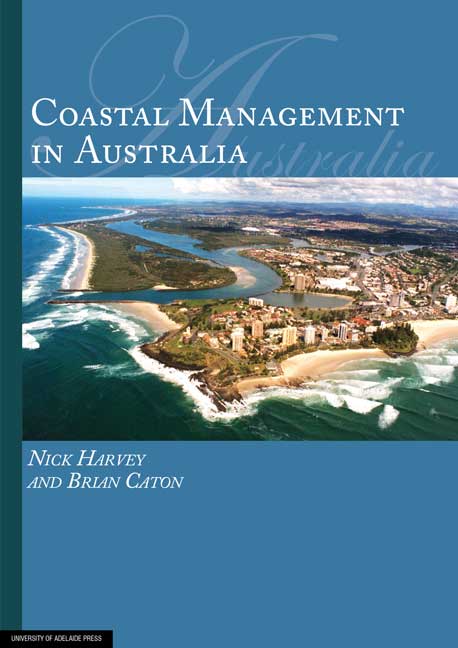3 - Human Impact on the Australian Coast
Published online by Cambridge University Press: 05 June 2012
Summary
The previous chapter focused on the importance of understanding coastal processes in order to better inform coastal management. Although the emphasis was on the processes themselves, the eight coastal examples linked the understanding of coastal processes to the management issues for each of the respective examples. This chapter, however, attempts to place a focus on the human impact rather than the processes but, as will become apparent, it is necessary to place this in context of the coastal processes that are being affected by the impact.
Coastal impacts from our cities
The great majority of Australians live on or near the coast (see figure 3.1) in the east of the continent, in Queensland, New South Wales and Victoria. To a lesser extent there is a population concentration at the south-western tip of the continent. Australia has been an urban country for 200 years, and at the start of the 21st century about 70% of its population lives in urban centres of more than 100 000 people. Almost all these centres are at the coast. This includes all capital cities (except Canberra) and large urban centres such as Cairns, Townsville, Sunshine Coast, Gold Coast, and Wollongong. Smaller towns and cities are also mainly at the coast, and today more than 80% of Australians live within the coastal zone.
The RAC Coastal Zone Enquiry showed that more than half of the total population growth in Australia between 1971 to 1991 (see table 3.1) took place in capital cities, and that growth rates were most rapid in the immediate coastal divisions (RAC 1993b).
- Type
- Chapter
- Information
- Coastal Management in Australia , pp. 126 - 193Publisher: The University of Adelaide PressPrint publication year: 2010
- 1
- Cited by



